March Madness Legends Comps for 2024 Men's College Basketball Stars
March Madness Legends Comps for 2024 Men's College Basketball Stars
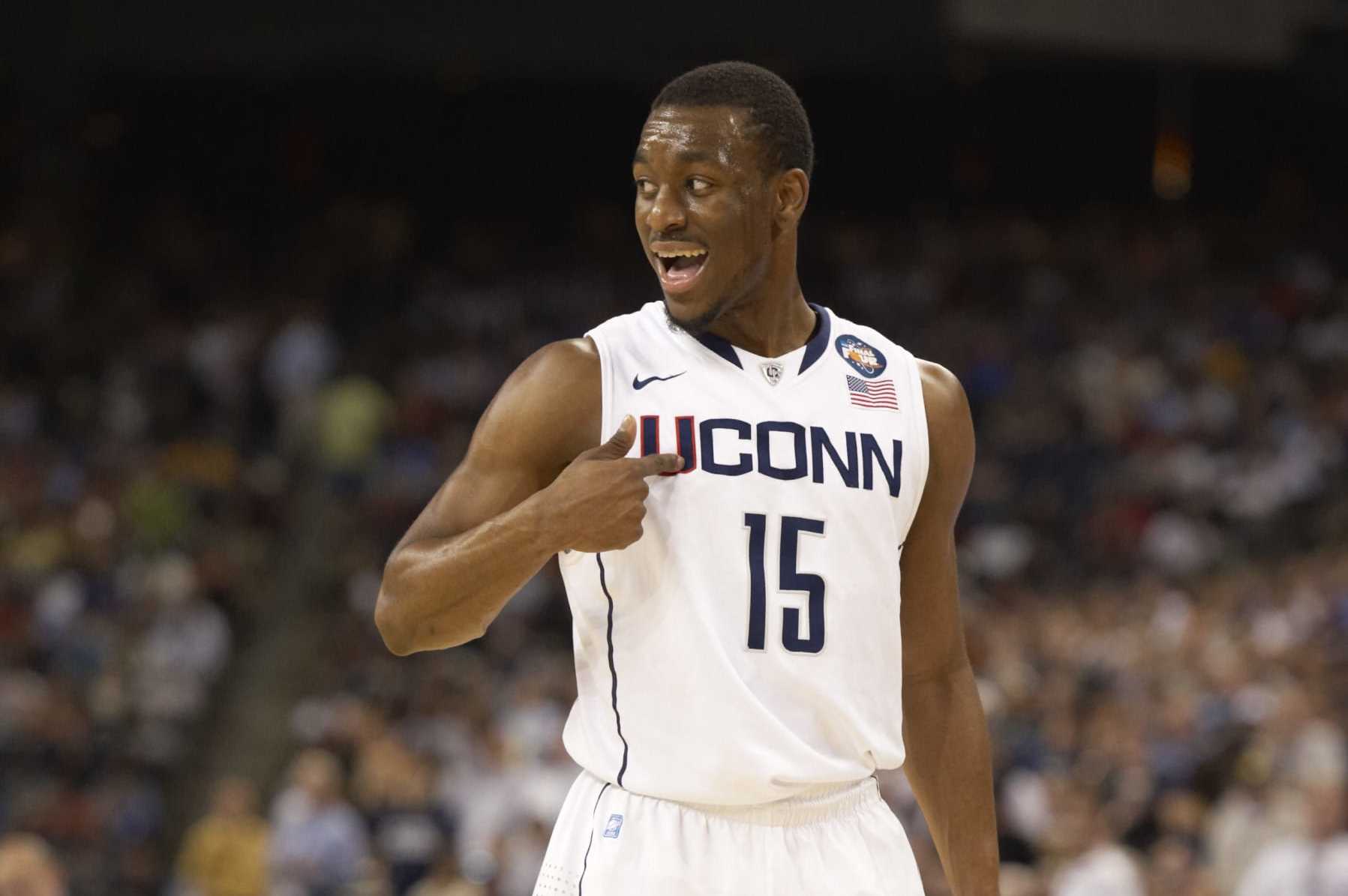
When we think back on some of the most unforgettable players in NCAA tournament history, names like Kemba Walker, Steph Curry and Christian Laettner immediately spring to mind.
But who are the current players that potentially could emulate those March Madness legends in the process of creating a little tourney lore of their own?
By no means is this purported or intended to be a comprehensive list—in either direction. There are current All-American-caliber players like Jaedon LeDee, Jamal Shead and Johni Broome not included, as well as many a March Madness legend like Anthony Davis, Carmelo Anthony and Glen Rice who just have no equal in today's game.
All the same, there are quite a few interesting comps of current players to the stars of yesteryear.
Players are presented in no particular order, but we'll start out with the one-man show whose comp we've been looking for on an annual basis for the past 13 years.
Statistics for this season's players are current through the start of play on Tuesday.
Kemba Walker Comp: RJ Davis, North Carolina
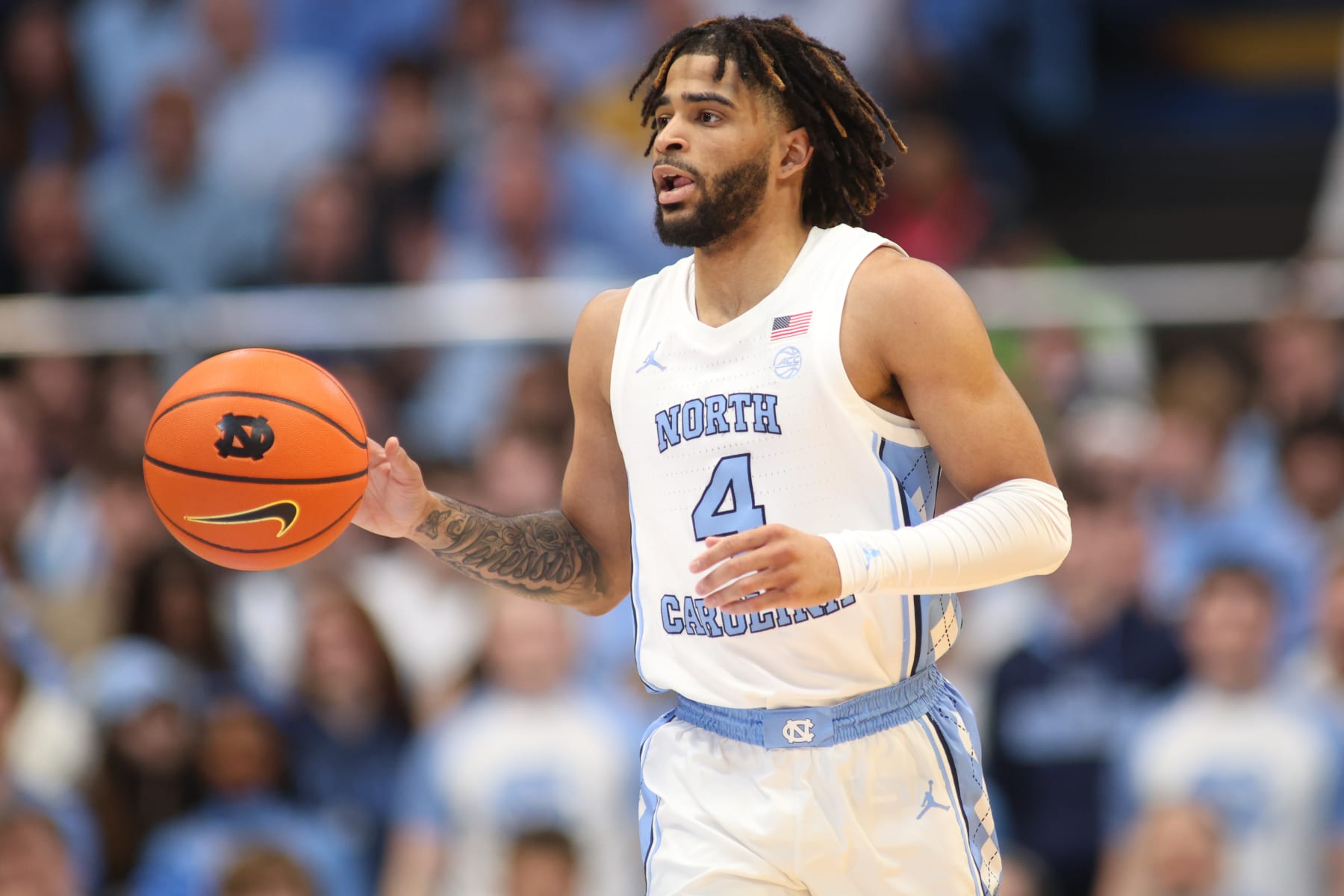
2010-11 Kemba Walker: 23.5 PPG, 5.4 RPG, 4.5 APG, 1.9 SPG, 33.0% 3PT
2023-24 RJ Davis: 21.4 PPG, 3.8 RPG, 3.4 APG, 1.3 SPG, 41.1% 3PT
We're starting right off the bat with a comparison that even I don't particularly love.
Walker was a lead guard who did a lot of his scoring in the paint for a UConn squad that didn't have all that much of a post presence. Frankly, even with Walker shouldering the load, the Huskies didn't have all that much offense, period, averaging 63.4 points over the final five games of their national championship run.
Davis is a shooting guard who does most of his damage from distance while Armando Bacot and Harrison Ingram rack up double-doubles on the regular. And North Carolina is averaging 81.4 points per game for the season, highly unlikely to win a game played in the 50s like those Final Four and national championship games from 13 years ago.
But.
If you're looking for a six-foot-nothing guard who could go nuclear and do seemingly everything by himself during a title run, good luck finding a better pick than Davis.
After 27 games, Davis already would've been the choice for this year's top "Kemba Candidate." But game No. 28—in which he scored 42 of North Carolina's 75 points in a closer-than-it-should-have-been victory over Miami—really sealed the deal.
Davis—who, by the way, played his high school ball about 20 miles away from where Walker did in NYC—is now officially the under-sized guard most likely to become larger than life in March/April.
Steph Curry Comp: Tyler Thomas, Hofstra
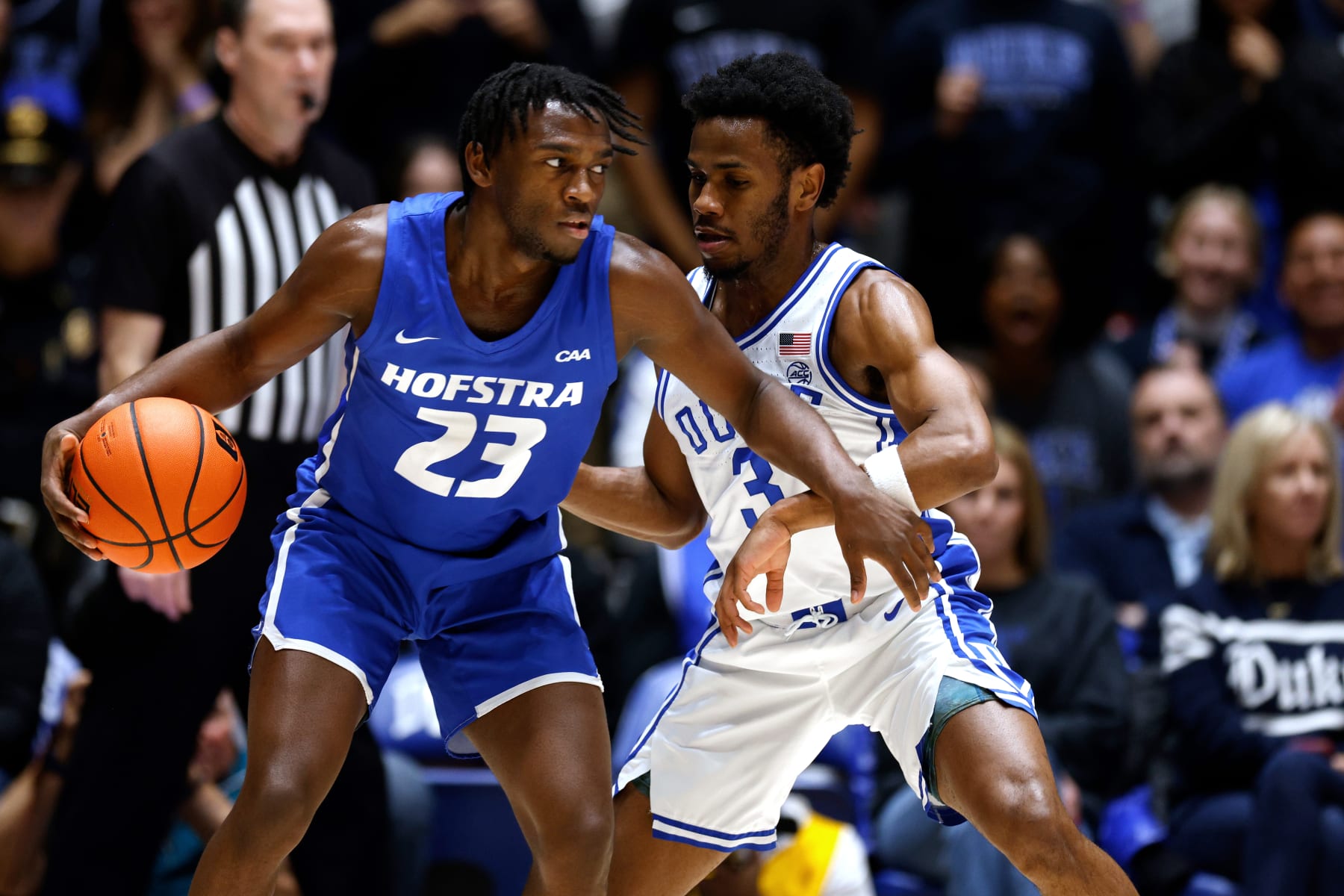
2007-08 Steph Curry: 25.9 PPG, 4.6 RPG, 2.9 APG, 2.0 SPG, 43.9% 3PT (on 10.3 3PA)
2023-24 Tyler Thomas: 22.3 PPG, 5.1 RPG, 3.3 APG, 1.2 SPG, 37.2% 3PT (on 10.1 3PA)
Sadly, there is a good chance we will not see Thomas in the NCAA tournament. Hofstra has absolutely no case for an at-large bid, and while the Pride certainly could win the CAA tournament, they will not be the favorite of that wide-open race for the auto bid.
But if you want to see a small-school star with a permanent green light try to launch his team to a couple of upsets, you're going to want to pull for Hofstra in that CAA tourney.
Thomas shoots like there's no tomorrow, averaging better than 19 field-goal attempts per game. And while he does slightly prefer shooting from beyond the arc, he isn't afraid to venture in among the trees to do some damage in the paint.
Whatever it takes to put points on the board.
And before he became the two-time NBA MVP that we know and love today, that was Curry at Davidson.
During that unforgettable run to the Elite Eight, he took at least 21 shots in each game, announcing himself to the world with a 40-burger in Davidson's opening win over Gonzaga.
Thomas also had a 40-point performance earlier this season in an overtime win over High Point.
FWIW, Thomas also has a teammate who can put up points in bunches in Darlinstone Dubar. He's averaging about 18 points per game and has a couple of 30-point gems. Between that and the fact that Hofstra is much more likely to get a No. 15 seed than a No. 10 seed, perhaps the better comp here is to 2021's Oral Roberts' Max Abmas and Kevin Obanor. But let's set the bar super high and stick with Curry.
Christian Laettner Comp: Kyle Filipowski, Duke
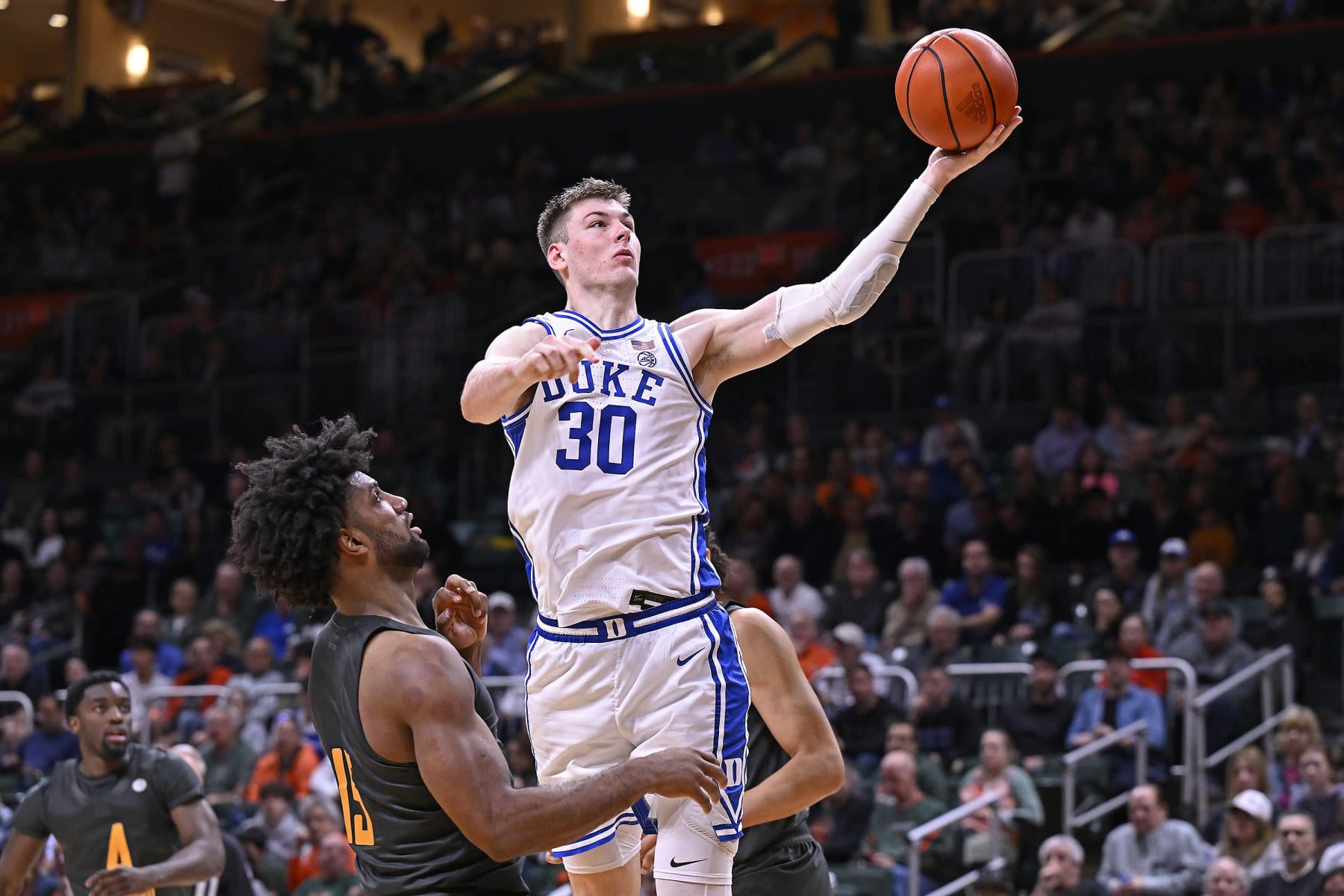
1989-92 Christian Laettner: 19.1 PPG, 8.7 RPG, 2.0 APG, 1.9 SPG, 1.0 BPG
2023-24 Kyle Filipowski: 16.5 PPG, 8.1 RPG, 2.9 APG, 1.0 SPG, 1.6 BPG
To be clear, Laettner is probably one of the 10 greatest men's college basketball players of all-time, while Filipowski is maybe one of the 10 best players of this season.
By no means are the two even comparable in Duke lore, and it's questionable whether "Flip" could even get to that point if he shockingly stayed in college for another two years.
But a seven-foot-ish Blue Devils center with legitimate three-point range? With the ability to carry his team in a variety of ways? And with the hatred of college basketball fans around the country on his shoulders?
Where have we heard that one before?
Flip isn't the heel that Laettner was. (Or that JJ Redick and Grayson Allen were.) He didn't stomp on anyone's chest. He just happened to be at the epicenter of a massive court storm controversy that a whole lot of people irrationally blamed him for.
But he has become maybe the most loathed player in the nation all the same, making the Laettner comp even more obvious than it already was.
Let's see if Filipowski can hit an iconic buzzer-beater, though.
Jimmer Fredette Comp: Dalton Knecht, Tennessee
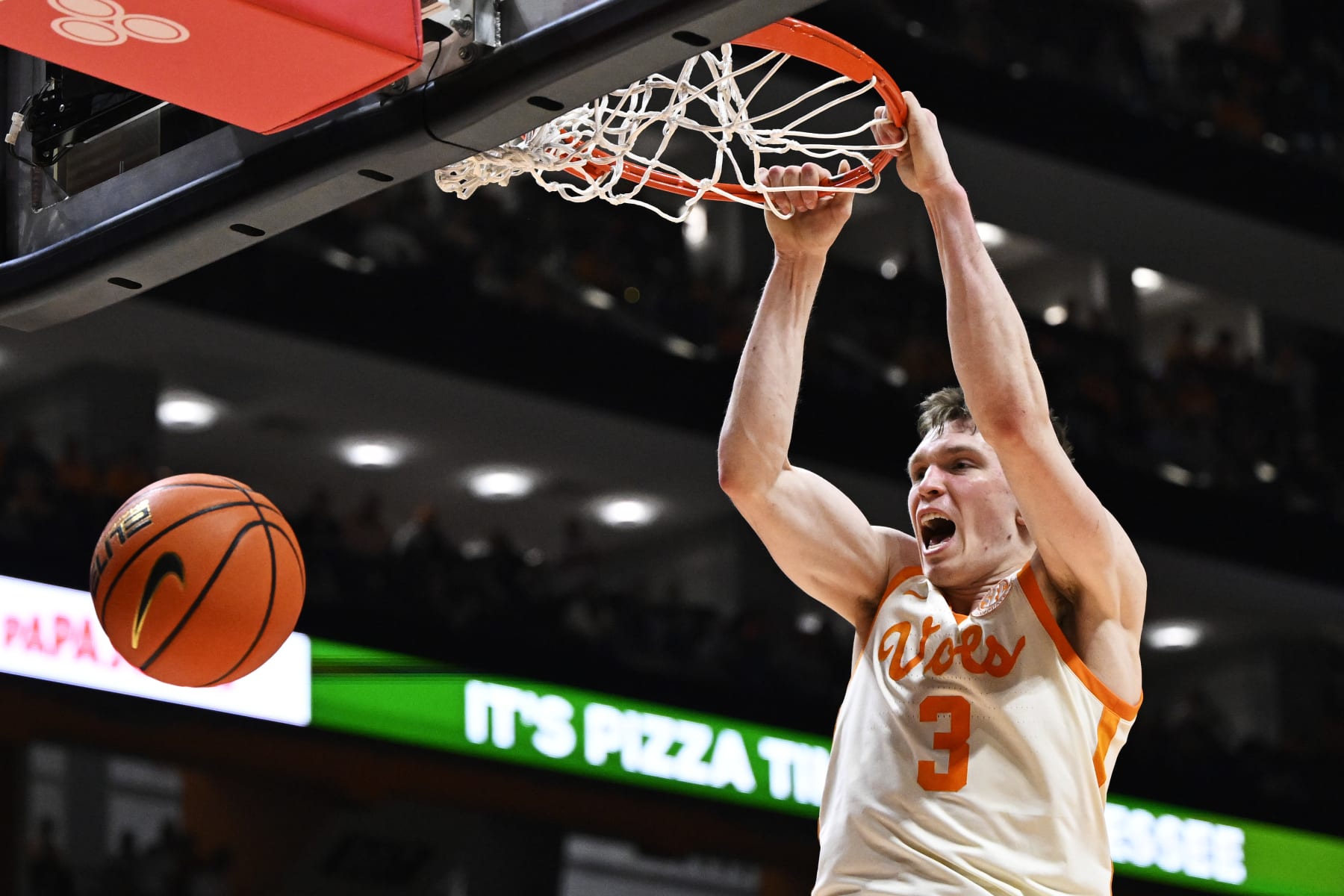
2010-11 Jimmer Fredette: 28.9 PPG, 4.3 APG, 3.4 RPG, 1.3 SPG, 39.6% 3PT
2023-24 Dalton Knecht: 20.6 PPG, 4.9 RPG, 1.9 APG, 0.7 SPG, 40.2% 3PT
The Knecht Kraze hasn't quite reached the levels of Jimmer Mania. Not sure anything will ever match those still somewhat early days of Twitter, searching for illegal streams of late-night Mountain West basketball games.
But if there's one player in the country who could just relentlessly shoot his team through a series of NCAA tournament victories, it's this star of the Volunteers.
Do note that the gap in scoring average between Knecht and Fredette is a deceiving one. There was a month-long stretch early in the year in which Knecht was nursing a sprained ankle and just was not anywhere near the same unstoppable phenom.
In the first 14 games played after getting back up to full speed, though, Knecht averaged 26.6 points, including five games north of 30.
Don't know that Knecht is gearing up to drop 52 in a conference tournament game like Fredette did, but scoring at least 32 points in each NCAA tournament game that his team plays? Not hard to see Knecht matching that Fredette feat.
And while Knecht typically doesn't display "Jimmer Range," it sure would be fun if he pulled up from the logo on Tennessee's first possession of the tournament, just to pay tribute to Fredette.
Aaron Harrison Comp: Rob Dillingham and/or Reed Sheppard, Kentucky
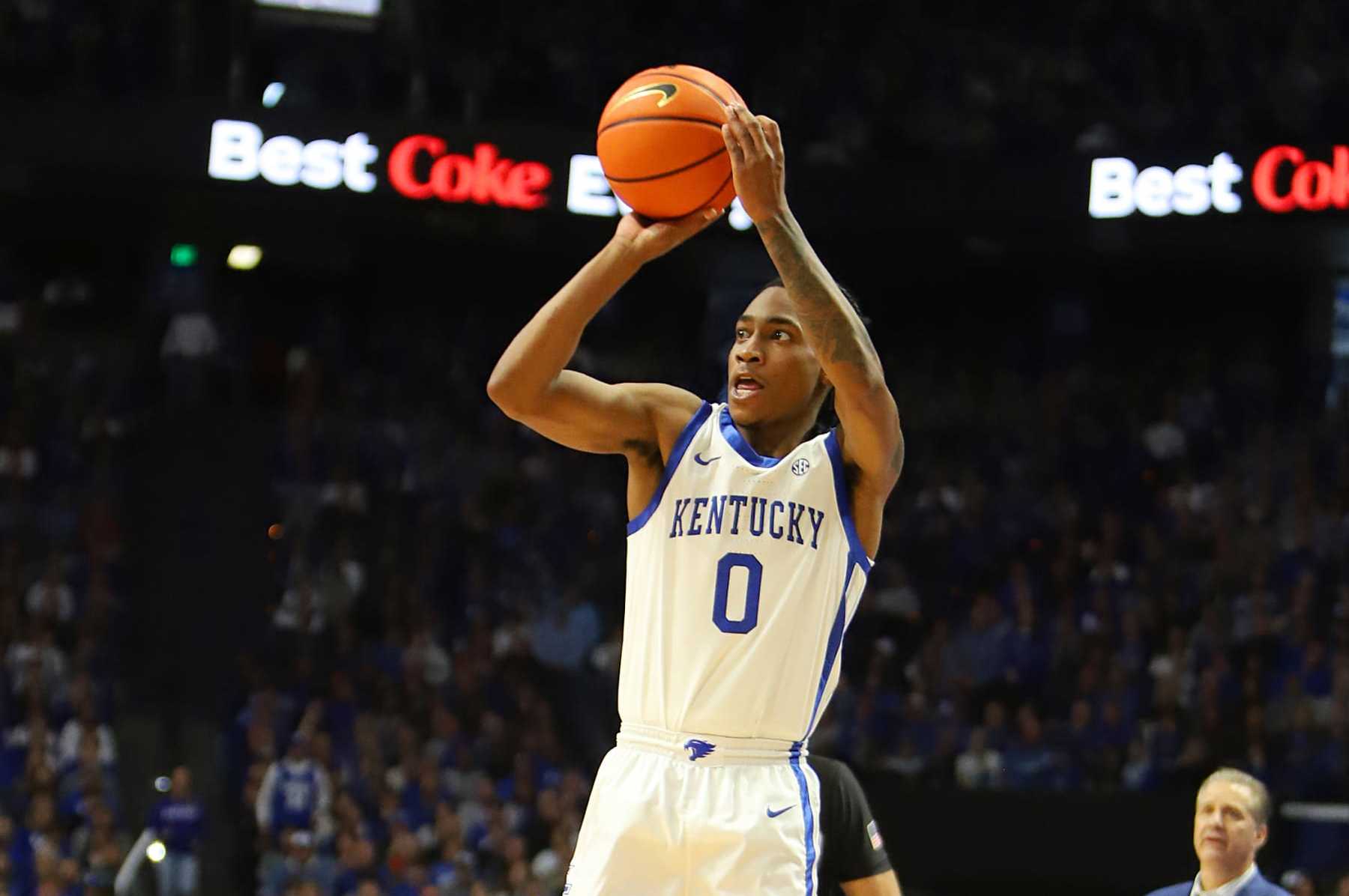
2013-14 Aaron Harrison: 13.7 PPG, 3.0 RPG, 1.9 APG, 1.1 SPG, 35.6% 3PT
2023-24 Rob Dillingham: 14.8 PPG, 2.8 RPG, 3.8 APG, 1.1 SPG, 43.4% 3PT
2023-24 Reed Sheppard: 12.4 PPG, 4.2 RPG, 4.3 APG, 2.6 SPG, 51.7% 3PT
Here we find the second of what will be three cases where we don't even need to look at a different school to find a darn near perfect comp.
One decade ago, Aaron Harrison became maybe the greatest late-game shot artist in basketball history not named Robert "Big Shot Bob" Horry. He hit the go-ahead-for-good triple late in the Sweet 16 upset of arch-rival Louisville, the game-winning three in the Elite Eight upset of Michigan and the game-winning three in the Final Four upset of Wisconsin.
It was a run like no other where this freshman guard delivered for Kentucky in the most clutch way game after game.
But would you be surprised in even the slightest if Rob Dillingham or Reed Sheppard followed in those footsteps?
Dillingham almost single-handedly willed the 'Cats to a come-from-behind victory over LSU two weeks ago, scoring 21 of the team's final 25 points, including the cold-blooded go-ahead jumper with less than 10 seconds remaining.
One week later, it was Sheppard delivering the late heroics, scoring 23 of Kentucky's final 46 points in a successful comeback from an 11-point deficit at Mississippi State.
And unlike Harrison ending that 2013-14 regular season as a 30.6 percent three-point shooter, we know damn well that this year's freshman guards can stroke it at a high level, and that they won't be afraid of the moment.
The way this team defends (or, rather, doesn't defend) on a regular basis, it feels like they are destined to have several high-scoring, dramatic-finish, instant classics if they do make any sort of prolonged run in the dance. They've already had 10 games this season decided by six points or fewer (or in overtime), and in eight of those 10 contests, the victor's score was at least 87 points.
Adam Morrison Comp: Robbie Avila, Indiana State
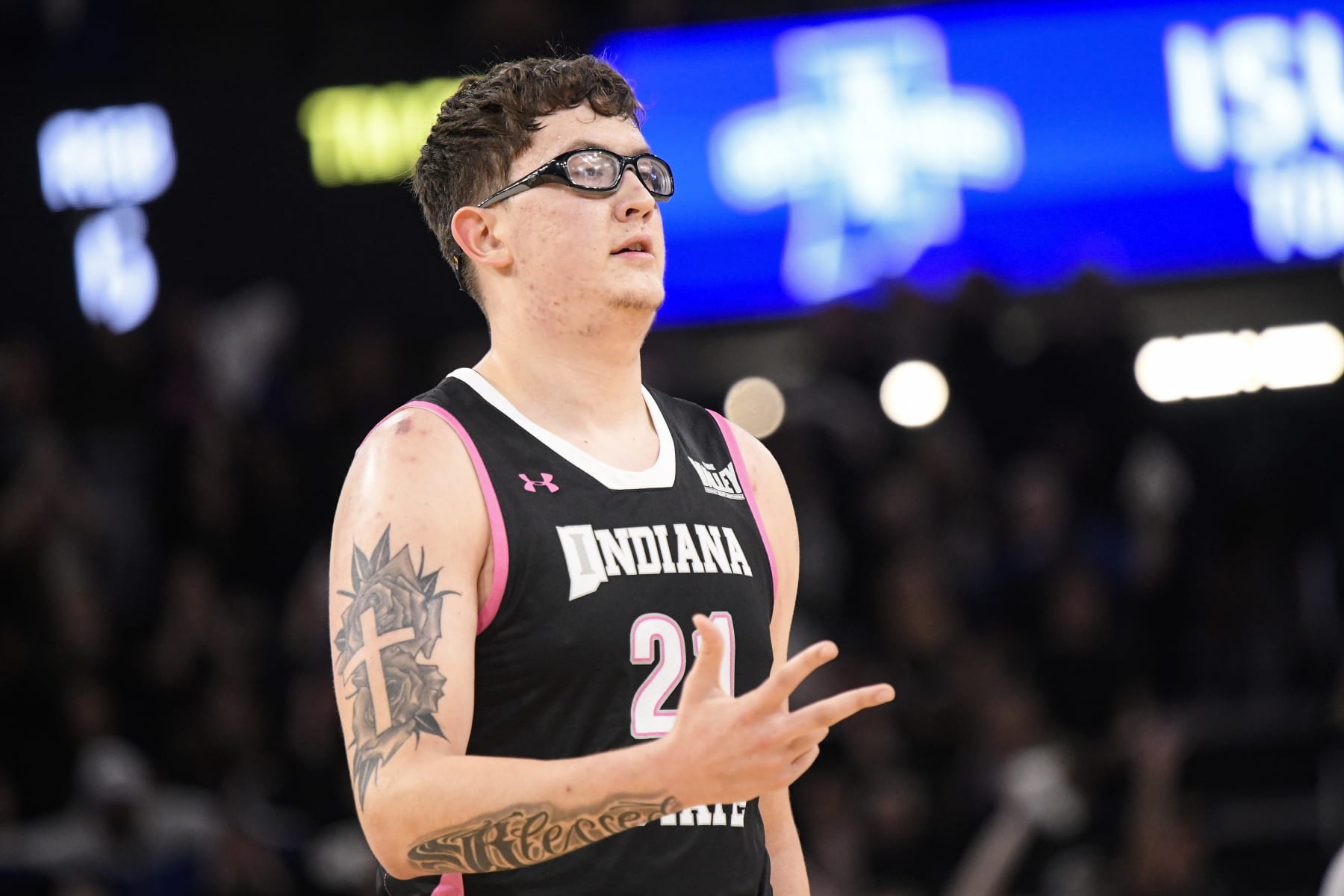
2004-05 Adam Morrison: 19.0 PPG, 5.5 RPG, 2.8 APG, 31.1% 3PT
2023-24 Robbie Avila: 17.6 PPG, 6.9 RPG, 3.9 APG, 39.6% 3PT
Calling Adam Morrison a March Madness legend is, admittedly, pretty generous. Gonzaga went 4-3 in the NCAA tournament during his three years on the team, and by far the most vivid memory of him nearly two decades after the fact is from the Sweet 16 loss to UCLA in which the Zags completely collapsed and he was left a weeping mess on the floor.
But if you're old enough to remember anything about the mid-2000s in college basketball, you absolutely remember Morrison, his moppy hair, his gross mustache and his cross-country battle with JJ Redick for 2006 NPOY.
He was a super-talented, goofy-looking big man for a really good mid-Major*, which also pretty well describes Indiana State's Robbie Avila and his unmistakable combination of rec specs and tattoos.
Their games aren't actually all that similar. Morrison was more of a big guard while Avila is more of an undersized stretch 5.
And an uber athlete Avila is not. Even though he's 6'10", I'm not entirely sure if he can dunk. And on his three-point "jumper," you'd be hard-pressed to slide a single sheet of paper under his feet. But Avila has one of those "built for the YMCA" old-man, below-the-rim games, accentuated by the court vision resulting in nearly four assists per contest.
Single-team him in the post and there's a good chance he'll just bully ball you into a layup. Send the double and he's going to set up a wide-open look on the most lethal three-point shooting roster in the country.
Damned if you do. Damned if you don't. And damn if he isn't fun to watch and easy to root for.
If Indiana State can make it to the Sweet 16, it's all but guaranteed that Avila becomes the viral star everyone falls in love with.
*Gonzaga did earn a No. 3 seed or better in all three of Morrison's seasons in Spokane, but it wasn't until about a decade ago that the Zags really became an "OK, it's time to stop calling them a mid-major" force.
Marcus Camby Comp: DaRon Holmes II, Dayton
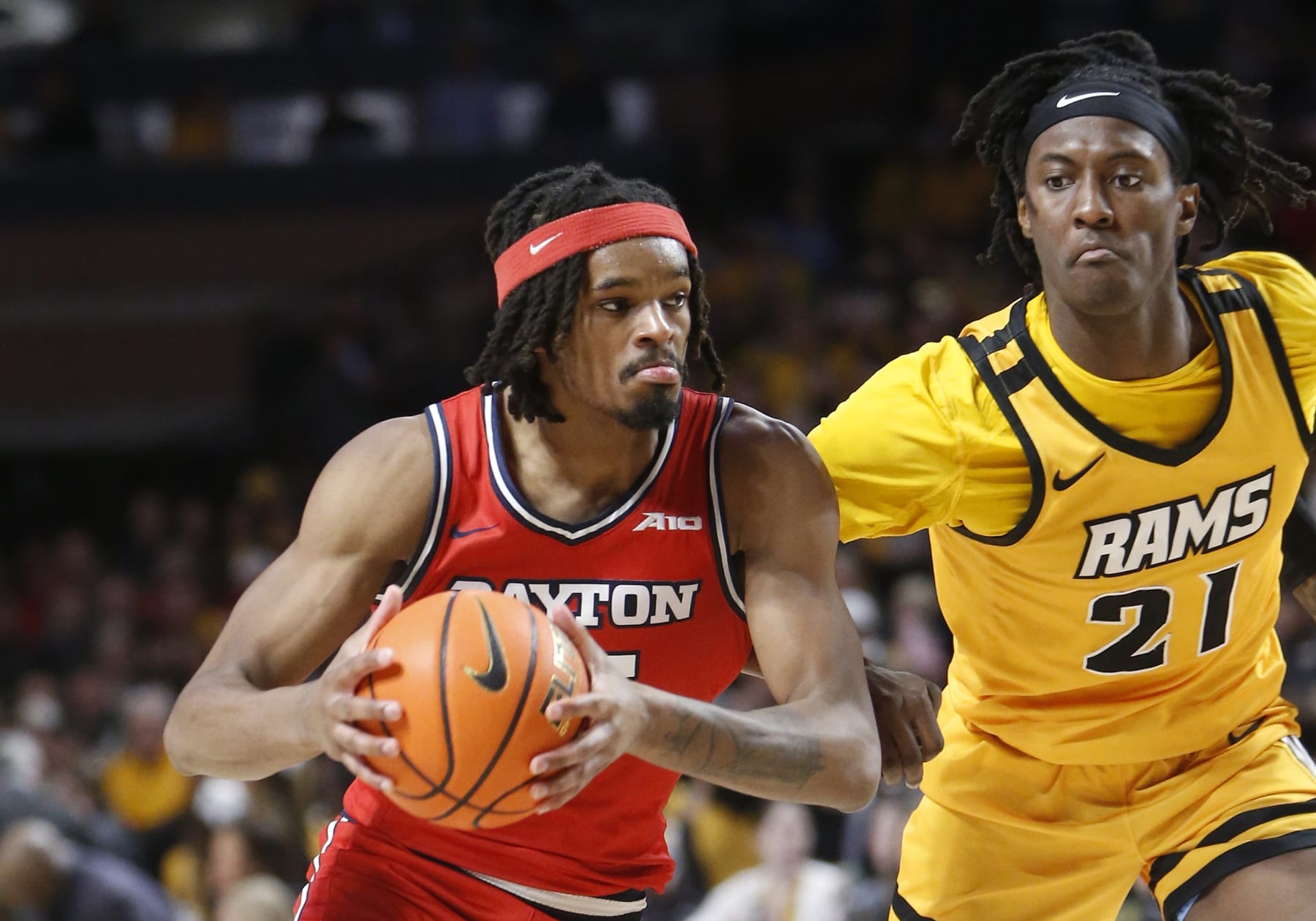
1995-96 Marcus Camby: 20.5 PPG, 8.2 RPG, 3.9 BPG, 1.8 APG, 1.0 SPG
2023-24 DaRon Holmes II: 20.0 PPG, 8.0 RPG, 2.2 BPG, 2.5 APG, 0.8 SPG, 38.0% 3PT
Camby was more of an eraser at the rim than Holmes is, while Dayton's star has become much more of a versatile offensive threat (27-for-71 from three-point range this season) than Camby ever was (1-for-13 from three-point range in his career).
But at roughly 20 and eight per game, Camby was a third-year force in the post for a high-caliber squad out of the A-10, which is exactly the situation for Holmes and Dayton.
Granted, the Flyers have no chance at getting the No. 1 seed the Minutemen received nearly 30 years ago. In fact, with all the losses it has taken lately, Dayton might be looking at a No. 8 or No. 9 seed, needing to beat a No. 1 seed in the second round in order for Holmes to potentially become a March legend in his own right.
If Dayton does go on any sort of multi-weekend run, though, take it to the bank that Holmes will be the primary catalyst. The big man leads the Flyers in points, rebounds and blocks, ranks third in both assists and steals and has made more than twice as many free throws (164) as his closest teammate in that department (Nate Santos at 67).
Virtually everything Dayton does depends upon Holmes, who may well be asked to play 40 minutes in each game, provided foul trouble doesn't keep that from happening.
So don't be surprised if Holmes comes close to matching Camby's line of 20 points, eight rebounds and seven blocks from Massachusetts' close victory over Stanford in the second round of the '96 dance.
Dwyane Wade Comp: Tyler Kolek, Marquette
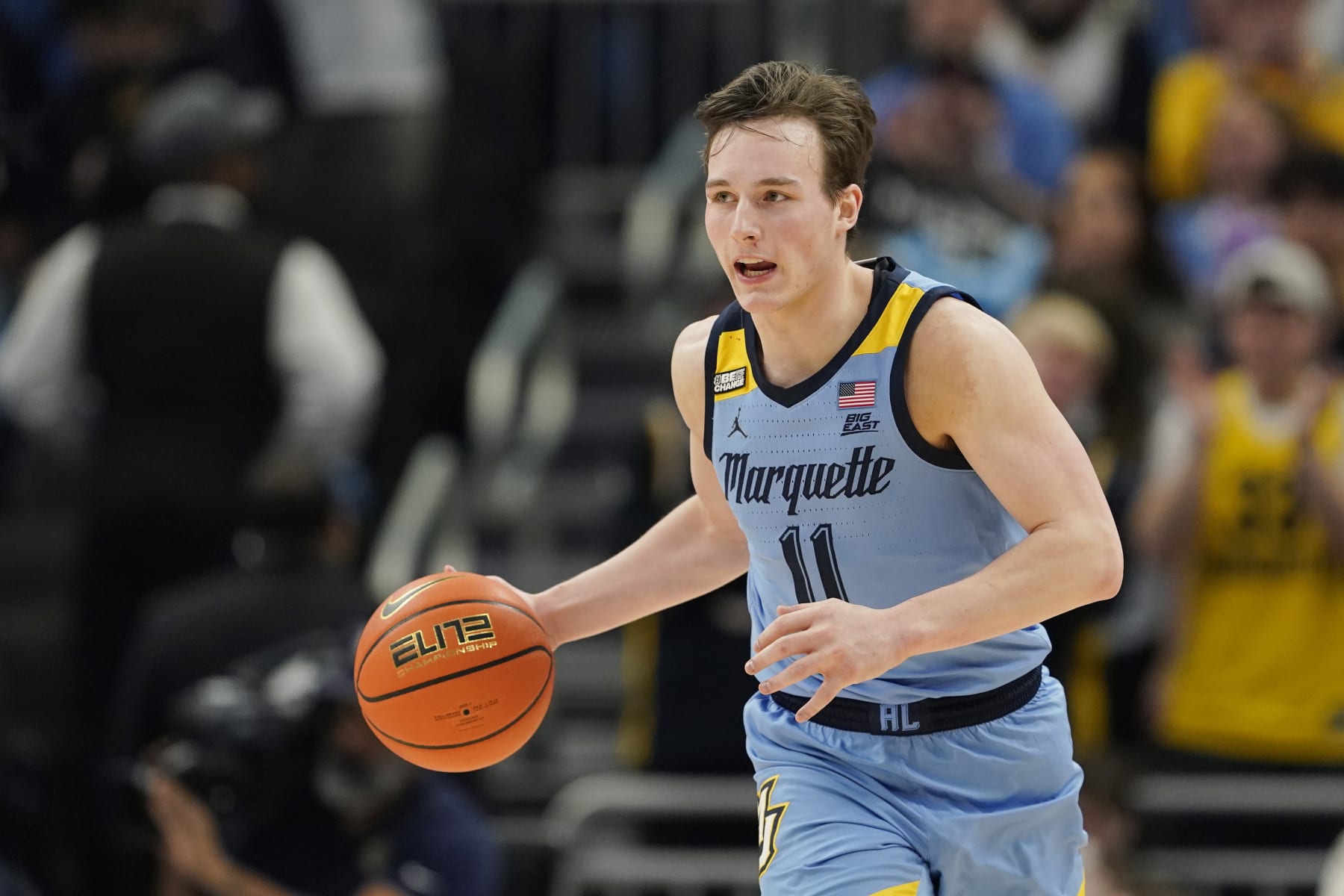
2002-03 Dwyane Wade: 21.5 PPG, 6.3 RPG, 4.4 APG, 2.2 SPG, 1.3 BPG, 31.8% 3PT
2023-24 Tyler Kolek: 15.0 PPG, 7.6 APG, 4.7 RPG, 1.6 SPG, 40.0% 3PT
The statistics don't line up particularly well, largely because Wade wasn't even the primary distributor for that 2003 Marquette team that crashed the Final Four. Wade's usage rating was sky high, but it was Travis Diener who led the Golden Eagles in assists—as well as Diener who kept them from getting immediately bounced by No. 14 seed Holy Cross, scoring 29 points in that 72-68 first-round victory.
But after that initial close call, Wade was the hero of Marquette's run, including the triple-double against No. 1 seed Kentucky in the Elite Eight that was surely underrated at No. 9 on Myron Medcalf's ranking of the 25 best individual performances of the past 25 years.
And, well, would it shock you if Kolek matched that feat with a triple-double against Kentucky in the second weekend of this year's tournament?
Considering Kolek has yet to record 10 rebounds in a game in his career, perhaps it would be a surprise. But he could put together a 25-12-7 type of line in a performance for the ages that would be guaranteed to have everyone reminiscing about what Wade did for this program in the NCAA tournament 21 years ago.
Of course, that's assuming Kolek is able to play at all. He missed this past weekend's game against Creighton with an oblique injury, and we've already been told he will miss the remainder of the regular season. Hopefully it's an abundance of caution situation and not something too severe, as the dance wouldn't be the same without this potential first-team All-American.
Ralph Sampson Comp: Zach Edey, Purdue
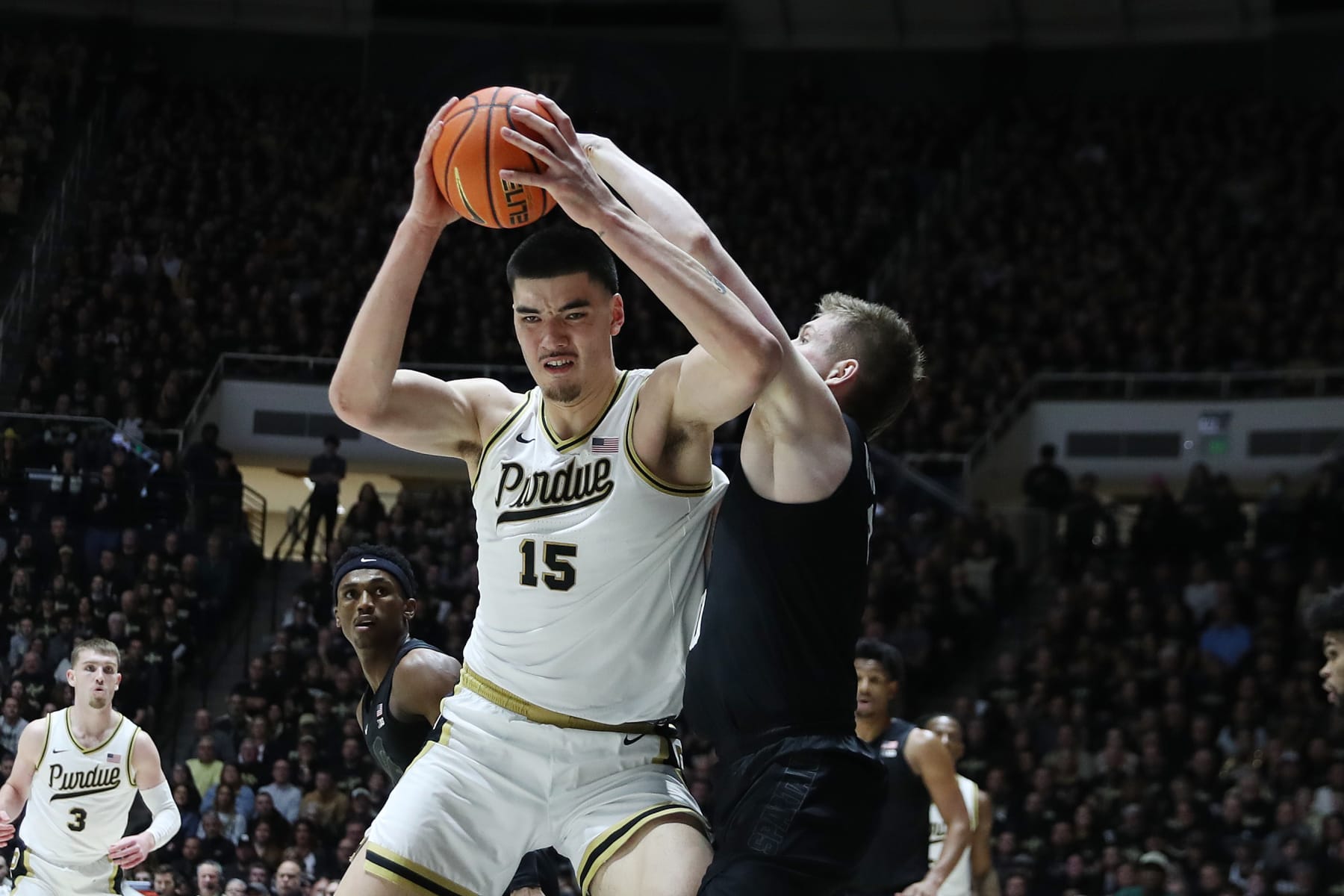
1982-83 Ralph Sampson: 19.1 PPG, 11.7 RPG, 3.1 BPG, 1.0 APG
2023-24 Zach Edey: 24.0 PPG, 11.8 RPG, 2.2 BPG, 1.9 APG
Hard to imagine there will be much of an argument on this one, considering we're comparing a 7'4" double-double machine who is about to win his second consecutive Wooden Award to the 7'4" double-double machine who was the only other player to win back-to-back Wooden Awards.
If we had a time machine and could have them play each other during their respective senior years, Edey would probably win that battle, if only because the Purdue superstar has about 75 additional pounds to leverage in the paint. Sampson was spectacular, but he was a string bean compared to Edey. (Though, if Sampson had been born in this era, he probably becomes a Chet Holmgren or Victor Wembanyama type of unstoppable force with three-point range.)
Will Edey actually become a March Madness legend, though?
Virginia missed the NCAA tournament in Sampson's first season on campus, but the Cavaliers earned a No. 1 seed in each of his other three seasons, going a combined 7-3 in the dance, including a trip to the Final Four in 1981.
But in three trips to the dance with Edey at their disposal, the Boilermakers have just two victories, including the historic loss to Fairleigh Dickinson last March. Purdue just about needs to make it at least to the Final Four, lest Edey's lasting legacy become that of a fantastic center whose teams always flopped in the NCAA tournament.
Jameer Nelson and Delonte West Comp: Mark Sears and Aaron Estrada, Alabama
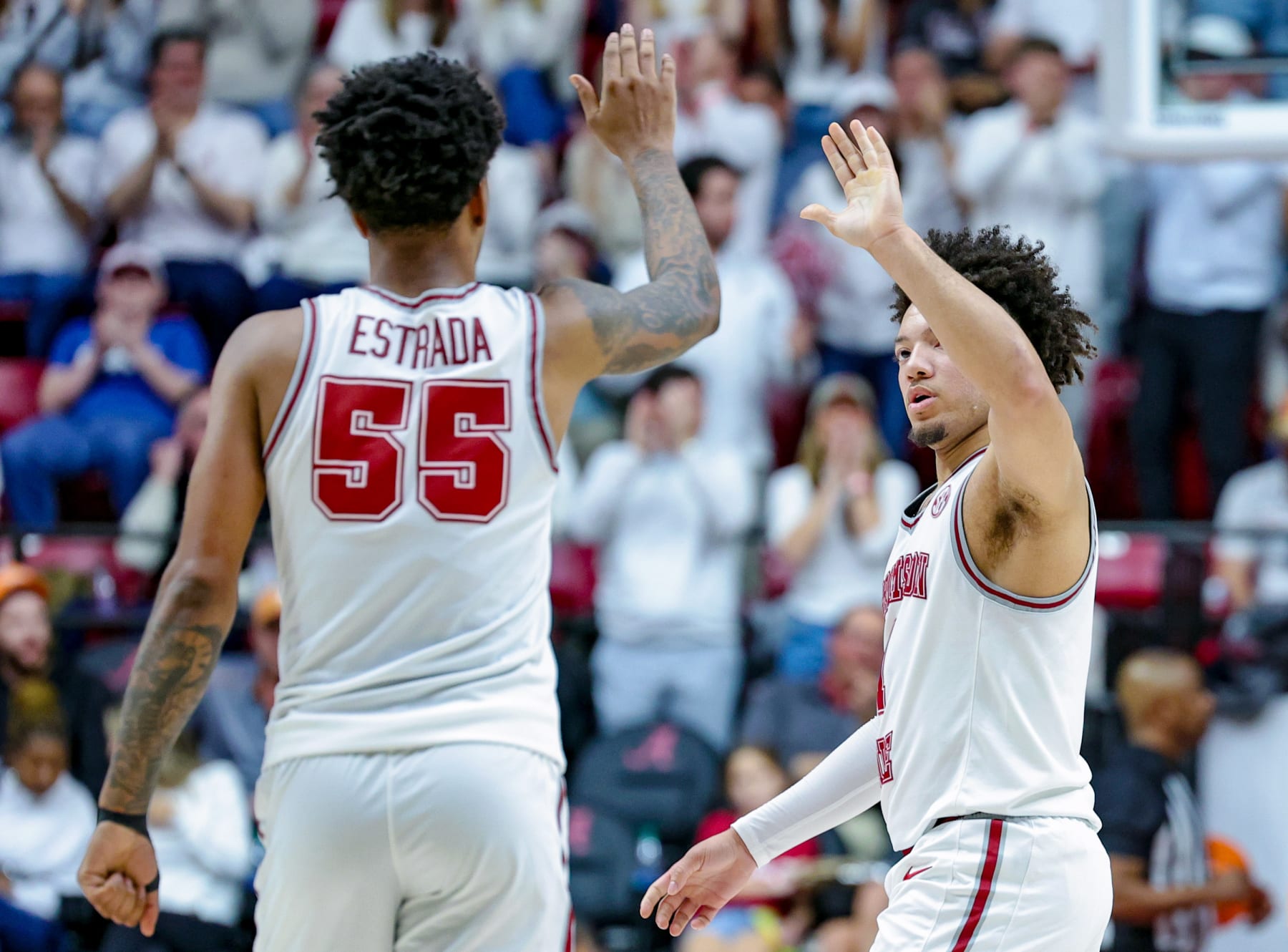
2003-04 Jameer Nelson: 20.6 PPG, 5.3 APG, 4.7 RPG, 2.8 SPG, 39.0% 3PT
2003-04 Delonte West: 18.9 PPG, 5.4 RPG, 4.7 APG, 1.7 SPG, 41.2% 3PT
2023-24 Mark Sears: 20.7 PPG, 4.2 APG, 4.2 RPG, 1.8 SPG, 43.3% 3PT
2023-24 Aaron Estrada: 13.3 PPG, 5.4 RPG, 4.5 APG, 1.6 SPG, 33.6% 3PT
Let's wrap things up with a pretty remarkable two-for-one comp—one that would be almost perfect if Estrada were scoring just a few more points per game.
By no means is this year's Alabama squad the juggernaut that Saint Joseph's was two decades ago. That Hawks team started out 27-0 and was a no-brainer choice for a No. 1 seed, while the Crimson Tide are sitting here at 20-9 with legitimate questions as to whether they've done enough to merit a No. 3 seed.
But the veteran dual combo-guard backcourt comp is great.
Nelson and West combined for 39.5 PPG, 10.1 RPG, 10.0 APG and 4.5 SPG while making almost exactly 40 percent of their 10 three-point attempts per game. Sears and Estrada are at 34.0 PPG, 9.7 APG, 9.6 RPG and 3.4 SPG and making almost exactly 39 percent of their 10 three-point attempts per game.
As was the case for Saint Joseph's, either Alabama guard can take the game over. Sears is much more likely to be named to the All-SEC first team, but Estrada went for a triple-double last week against Ole Miss and has had three other close calls in which he went for at least 12-8-7.
In '04, each guard scored at least 15 points in each game of that trip to the Elite Eight. Sears and Estrada might do the same.
